I've been shooting Fourth of July fireworks going on 4 years now. The first time I ever photographed them was in Boston at the Boston Pops Fireworks Spectacular. My girlfriend and I sat on the side of Memorial Drive (Cambridge - looking toward Boston for photographic purposes) for roughly 8 hours before the show started. The amount of people was, frankly, terrifying. Average attendance each year is 500,000 people smashed together in a stretch of river banks roughly 1 mile long. Crazy amount of people - couldn't even get cell reception.
I learned that 8 hours ahead of time wasn't far enough in advance to reserve the seats I wanted. Some guy next to me kept leaning in front of my lens; a lot of the shots have the familiar silhouette of someone I disliked very much that day.
Here are some images from the first year I attempted fireworks photography:
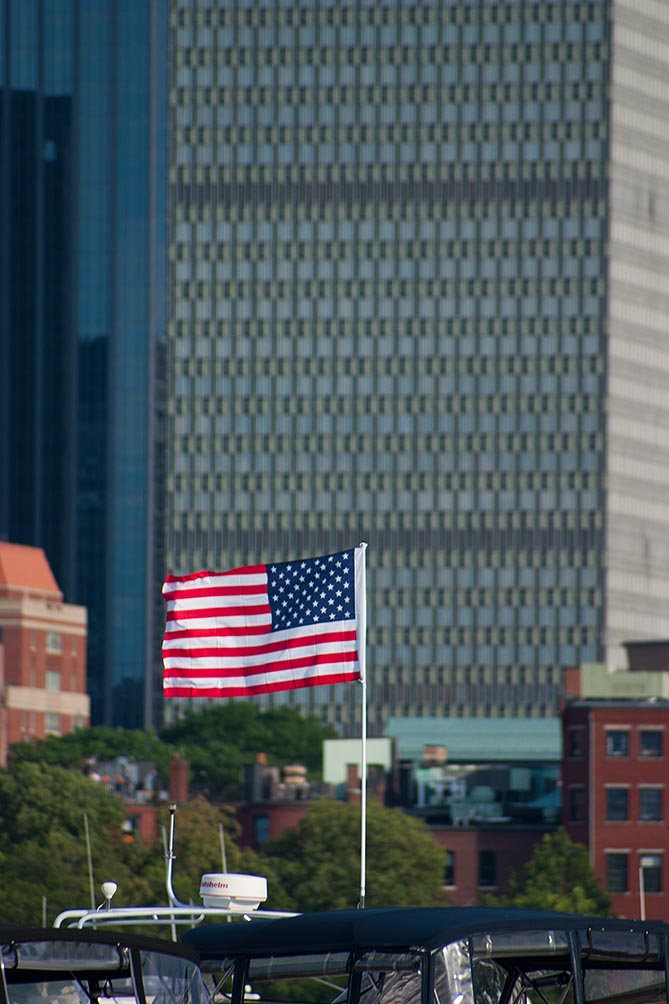
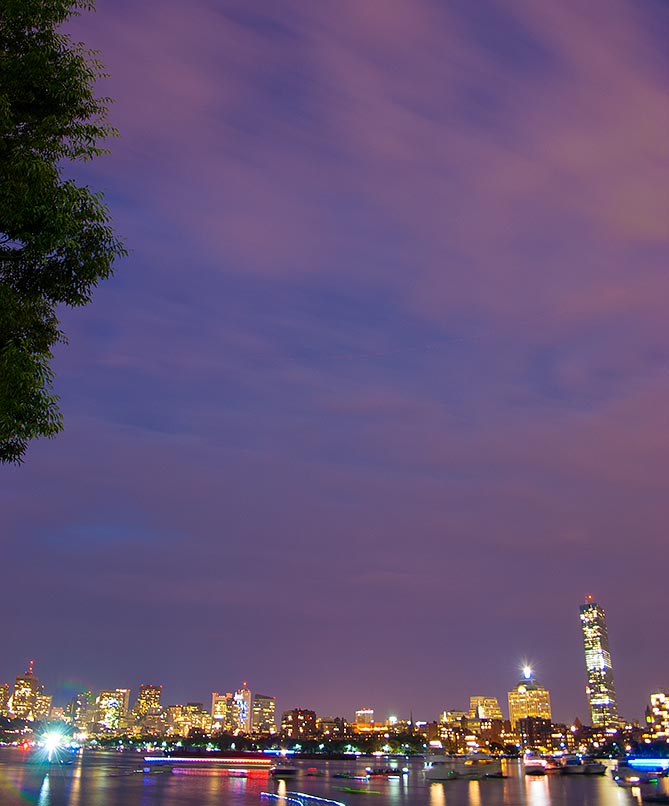
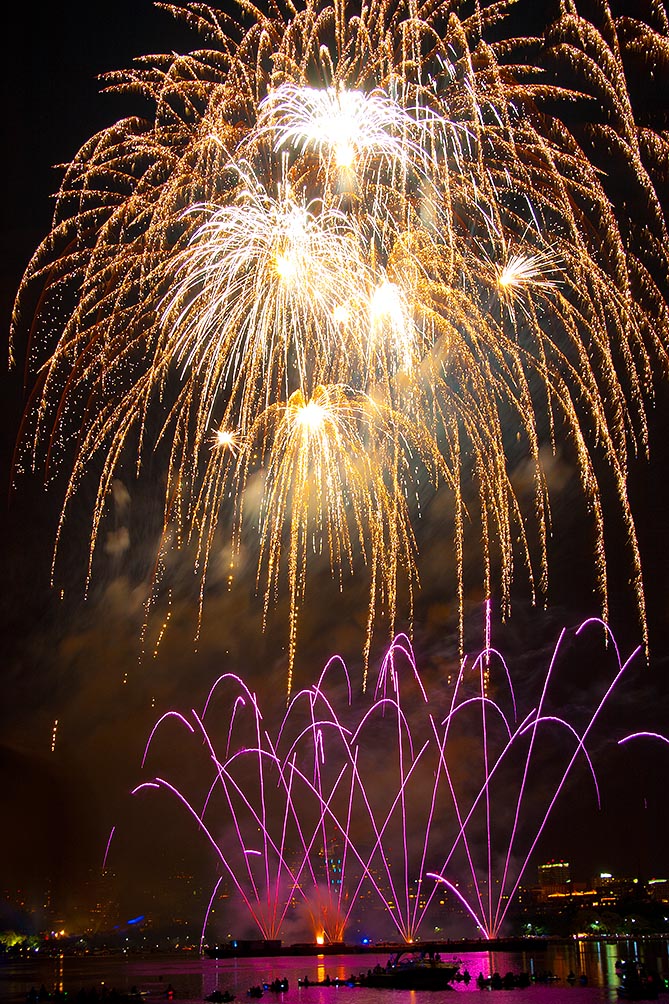
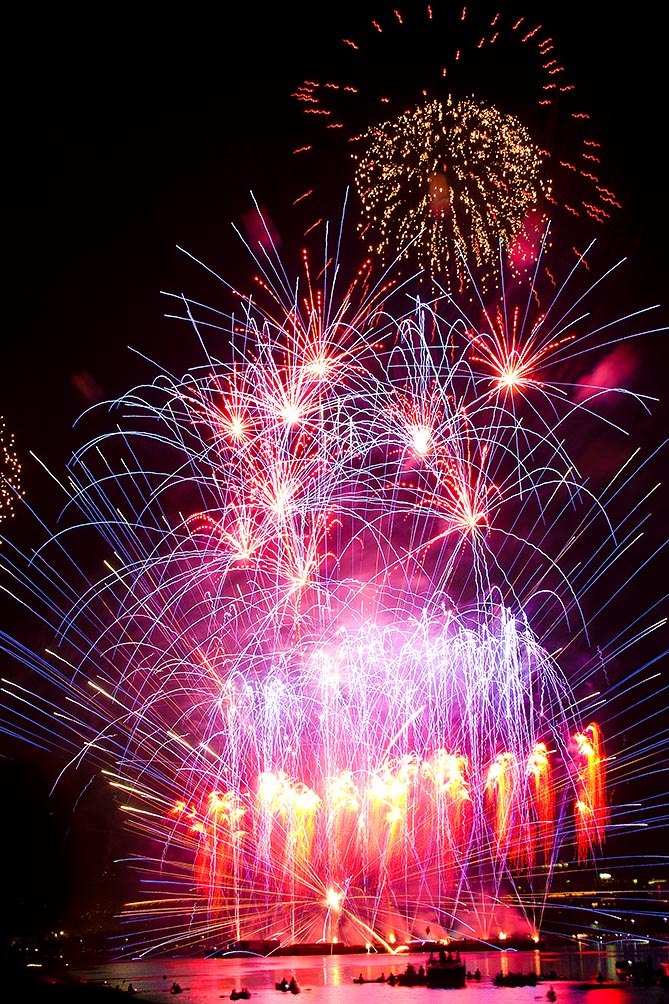
Not bad for my first try. I was hooked after that. I came back the next year, only this time we arrived 12 hours in advance (bring sandwiches, drinks, and games or you'll lose your sanity sitting and staring at the Charles for that long) and I brought with me a better camera, a better lens, and a better tripod. We were set. Now the only thing left to do was wait, wait, wait.
Here's the set of shots from the following year (2011):
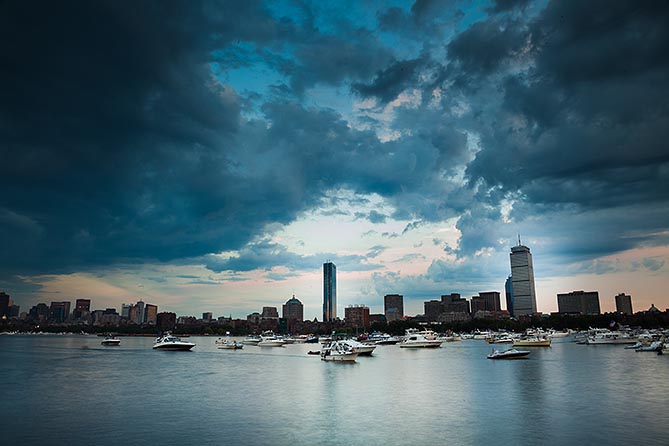
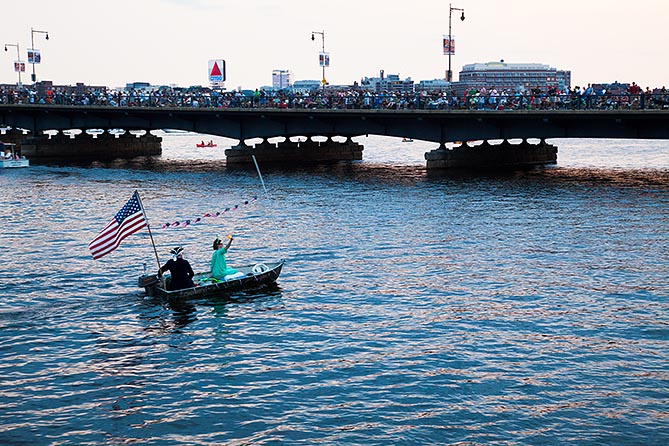
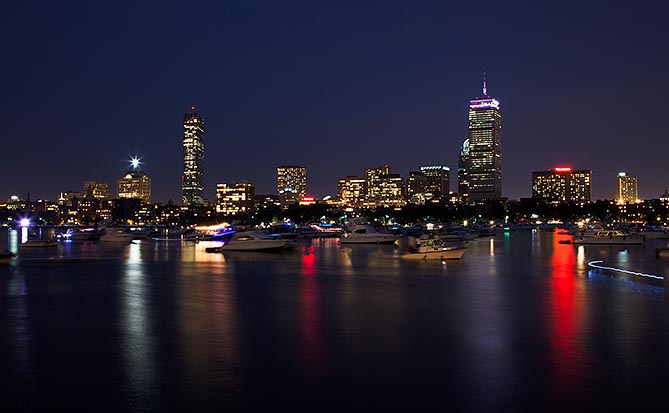
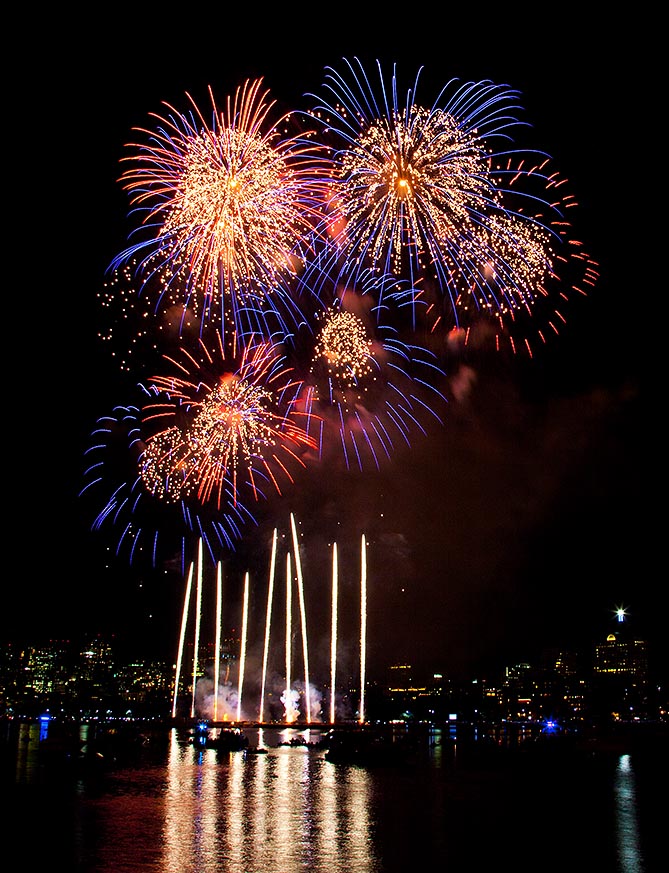
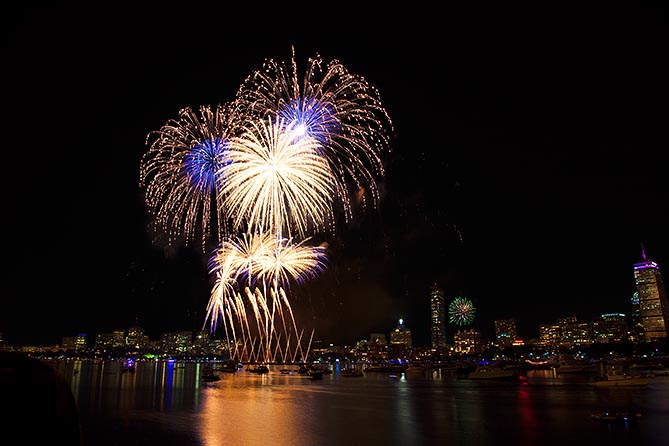
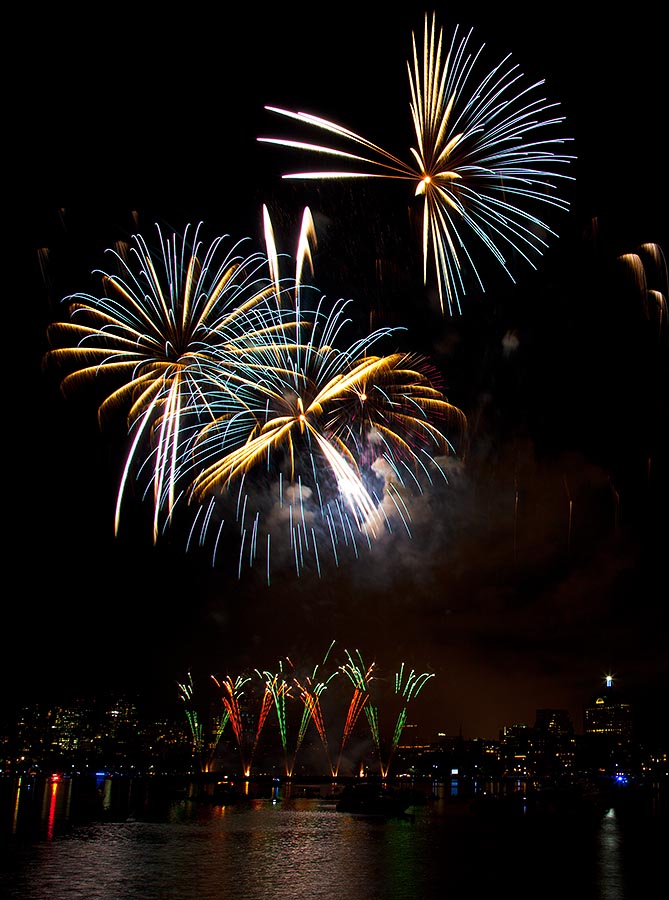
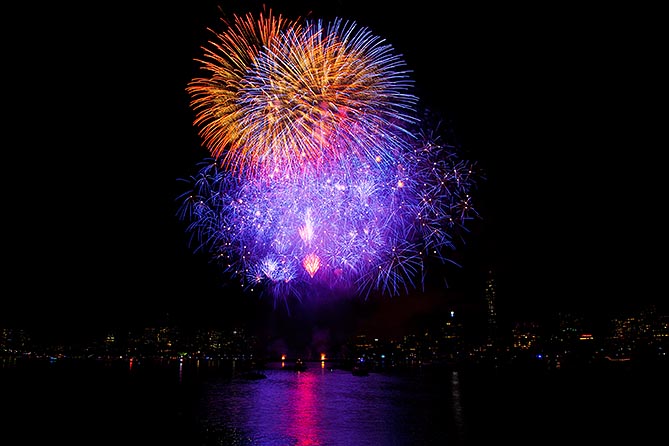
Much better. I was (and still am) very happy with how these image turned out. I especially liked being able to see the Boston skyline in some of the shots (which was my whole reason for sitting on the Cambridge side). By this point, I had figured out exactly which settings to use on my DSLR.
Unfortunately for me, the next year provided some less-than-desirable weather conditions. I shot some amateur (store bought) fireworks but nothing worth remembering.
This year (2013), I decided to challenge myself. I went to my local hometown fireworks (I lived in that town for 18 years and never once went to them) with some friends and family. The challenge this time around was to leave my professional DSLR, tripod, lens, and shutter release at home and instead bring along my little Canon point and shoot with no tripod. We got to the field a couple hours before the show started and gorged ourselves on fried dough and the other concessions available. Once the show was about to start, we found a front row spot to watch the fireworks – possibly a little too close which is why there wasn't anyone standing there. As the show started, I set my point and shoot manually (not all P&S cameras can be manually set, but most of them will have a "fireworks" setting that automatically sets it to the settings I manually set mine to. I like to manually set my camera so I have a little more control) to my known settings (low ISO, high aperture, slow shutter speed) and propped it up on the fence to act as my "tripod." I was pleasantly surprised with the results:
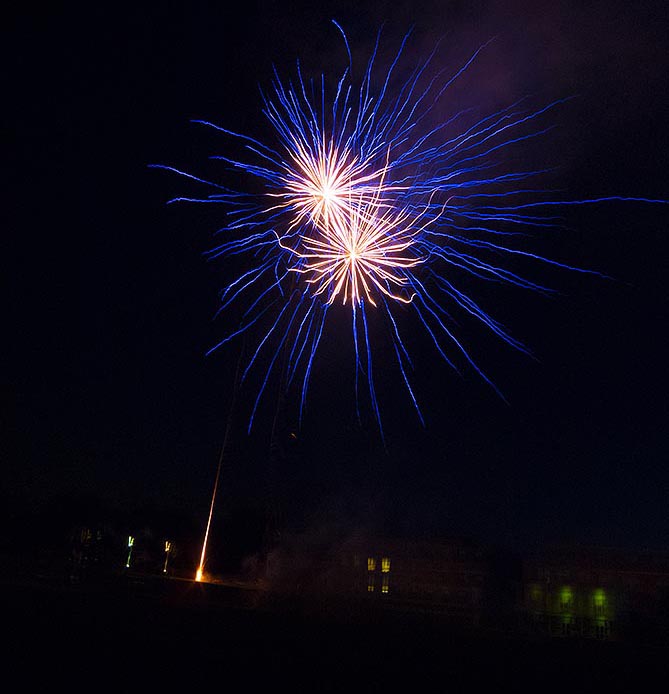
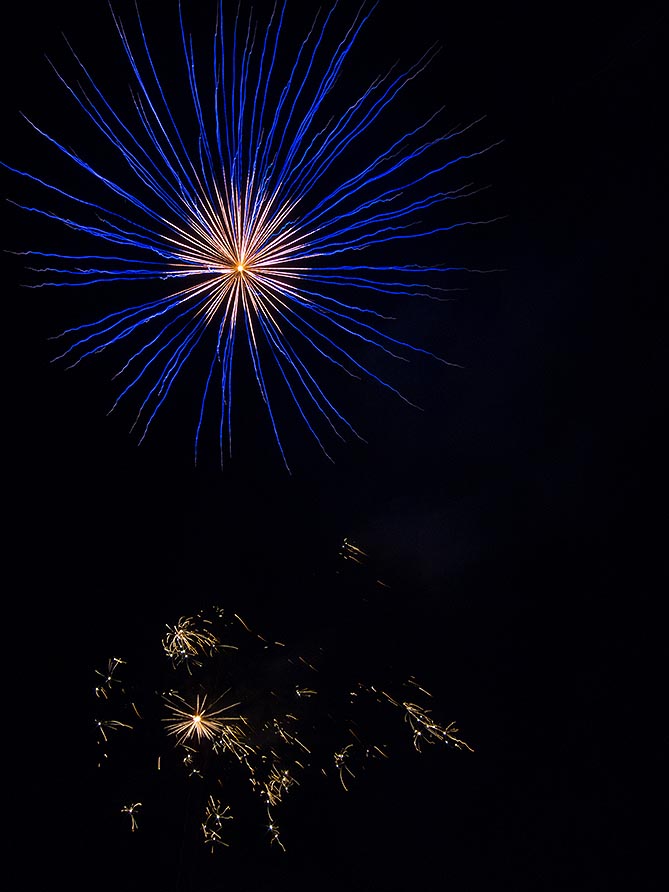
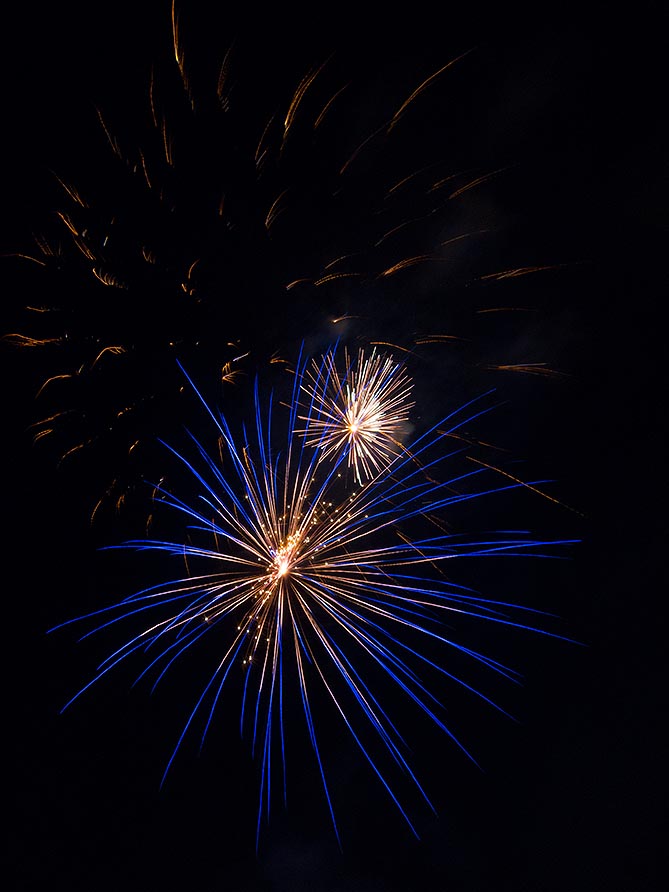
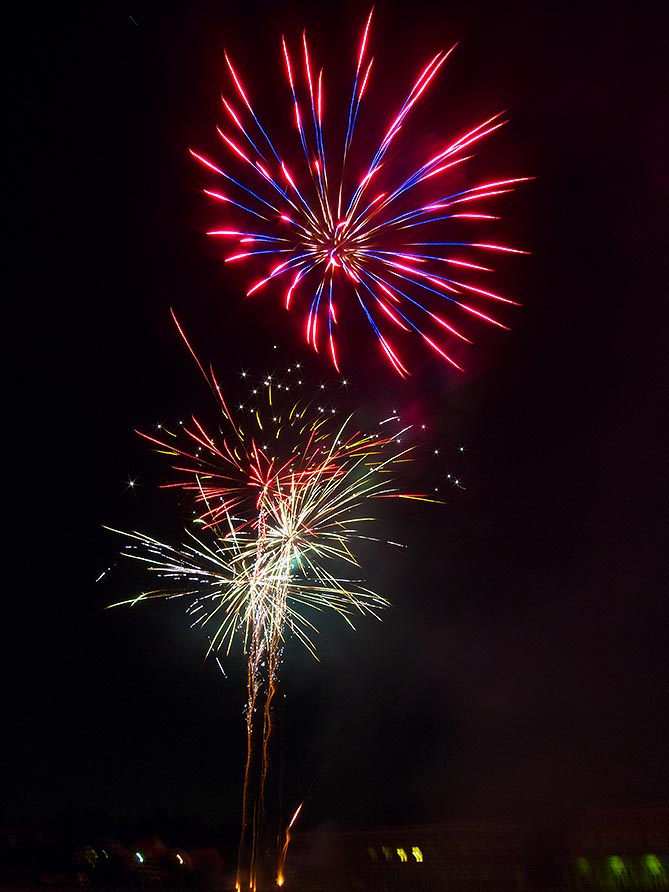
Not quite the same results as I got using my DSLR and tripod but that's the point of this blog post. It's not the equipment you use. If you know how to use the equipment you have and get a little creative (using a fence as a tripod isn't the most creative thing in the world, but you get the idea) you'll, more often than not, be pleasantly surprised with the results.
I'm looking forward to the 2014 Boston fireworks. I plan on standing near the esplanade for a different viewing angle. We'll see how those turn out!


